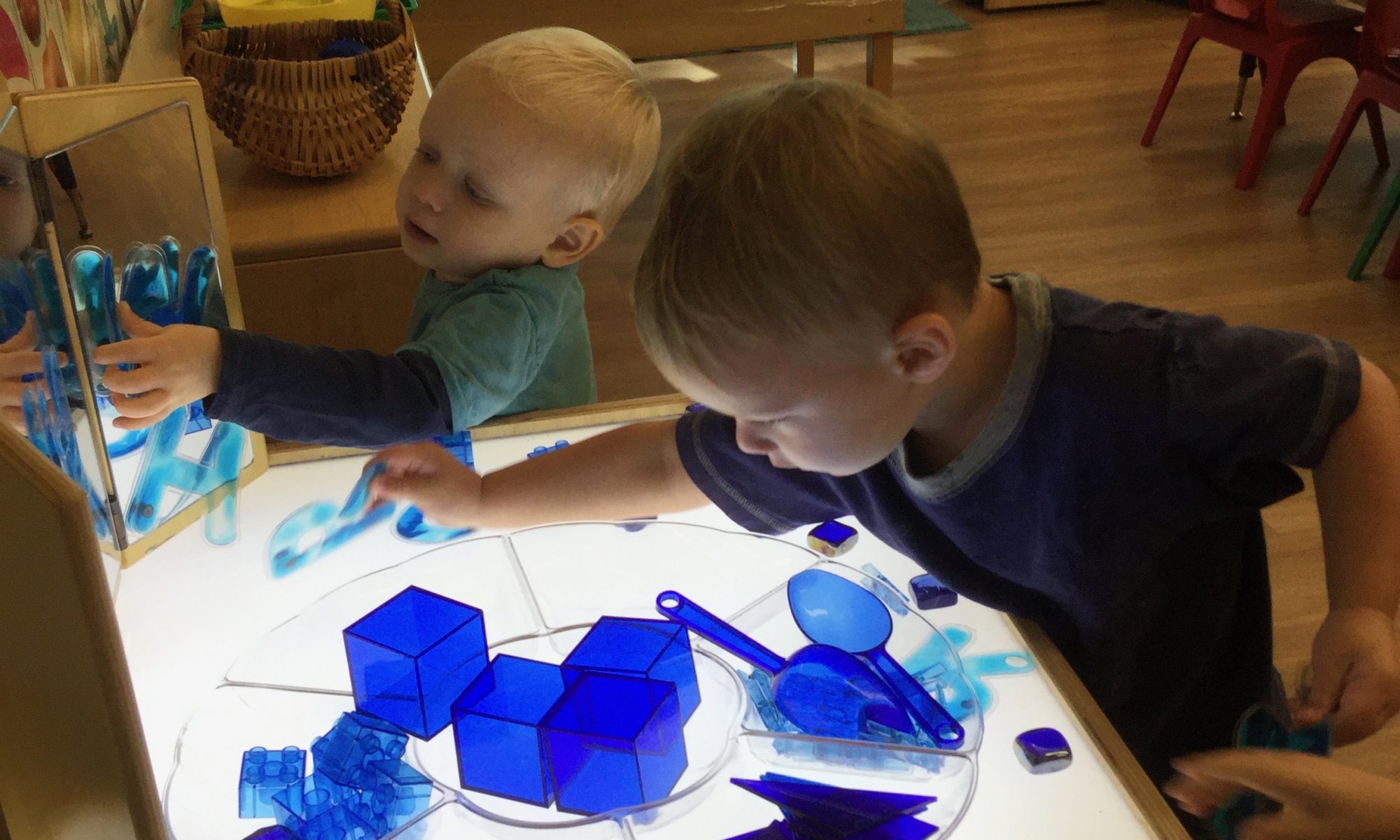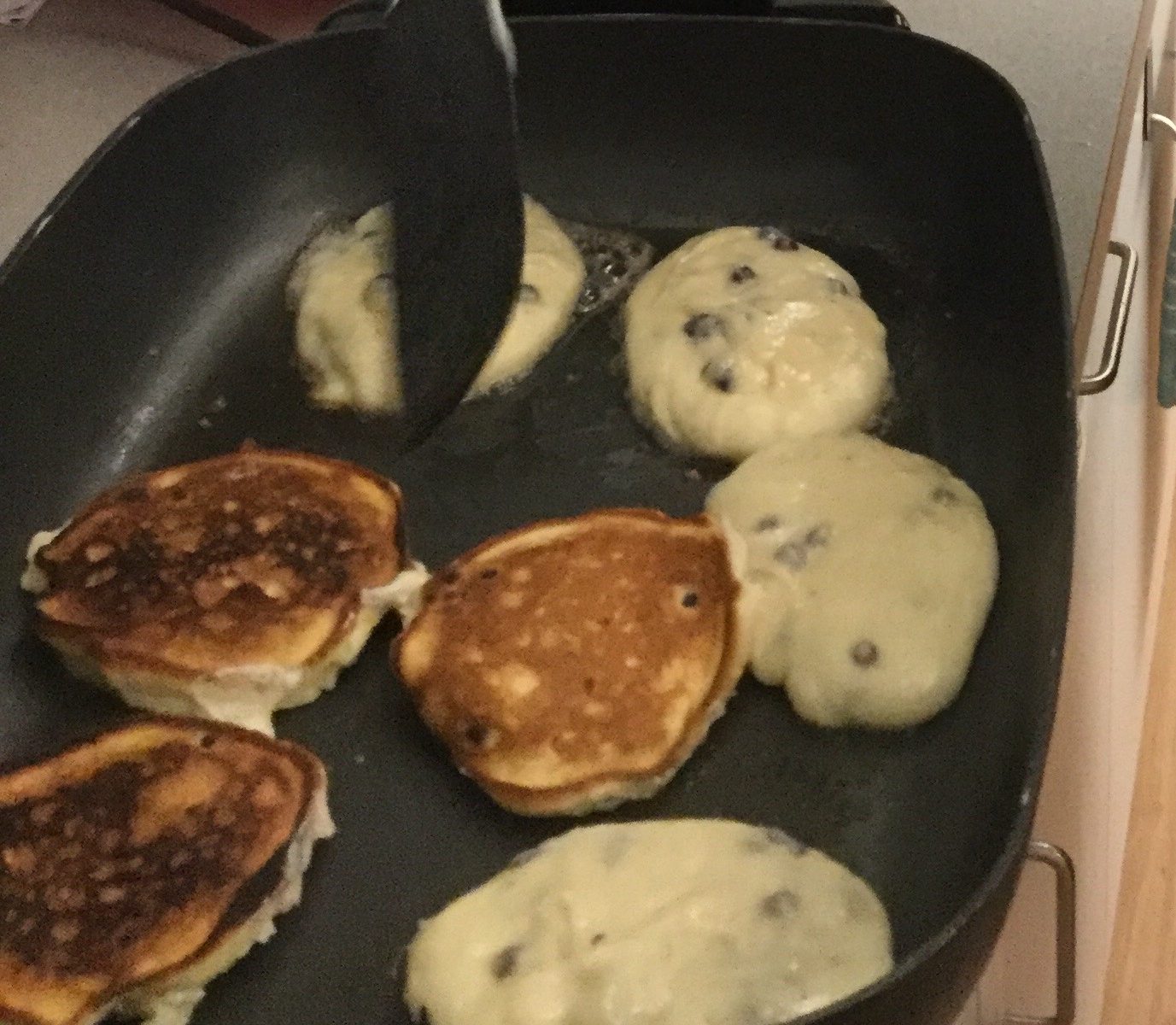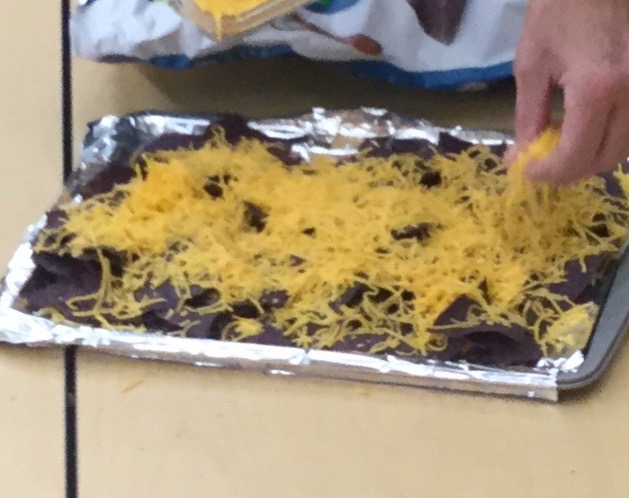Materials
Mini pumpkins
Large plastic tub
Soapy Water
Sponge, cut into quarters
Bowl of water for rinsing
Towels or rags for drying the pumpkins
Directions
Fill the plastic tub with enough slightly warm water to make the pumpkins float, about an inch. Add some liquid dish soap and froth the water so it’s sudsy. Add the pumpkins and pieces of sponge and let your child start scrubbing. When the pumpkins are clean, rinse them in the bowl of clean water. Use the towels to dry them off. The clean pumpkins can be displayed in a basket or used as fall decorations around the house!

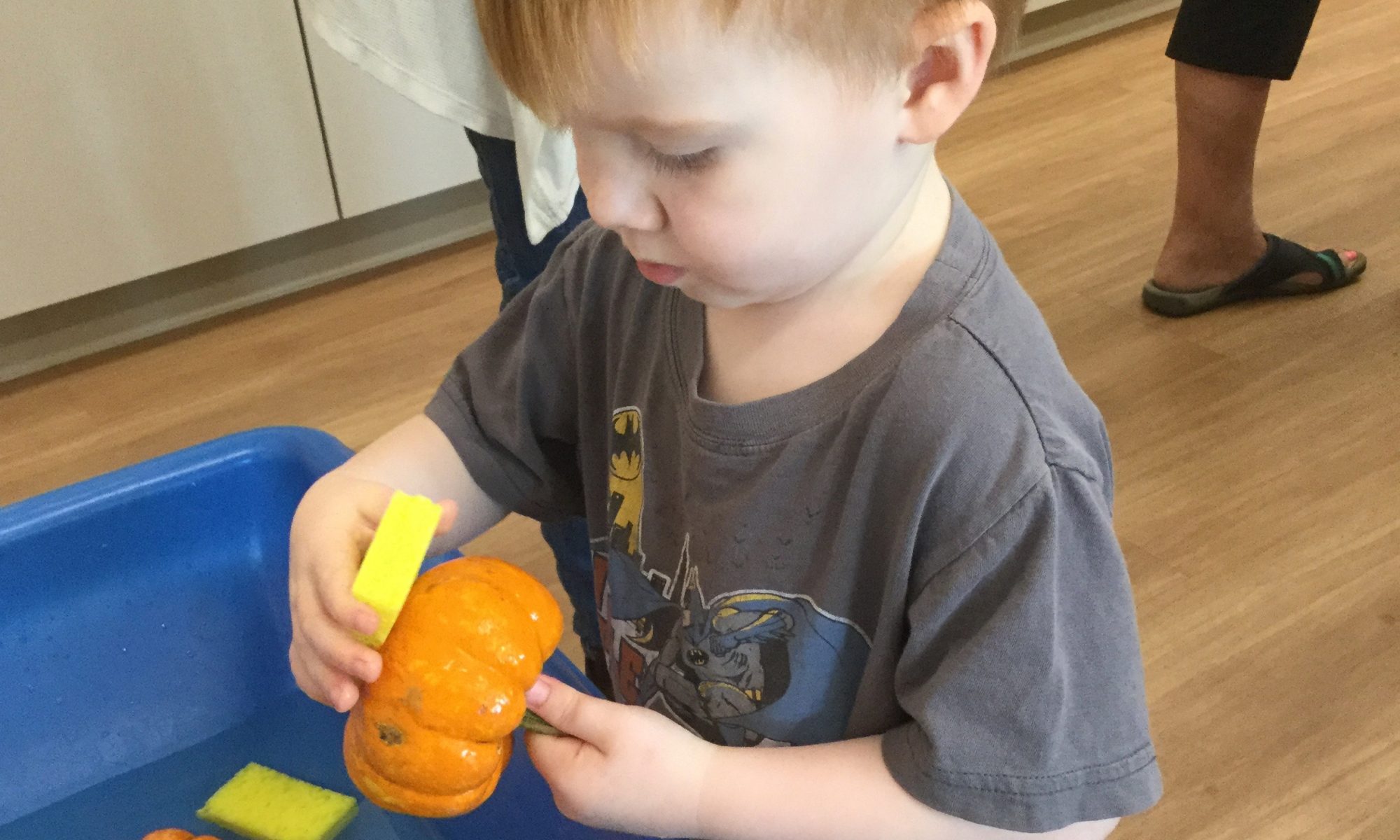
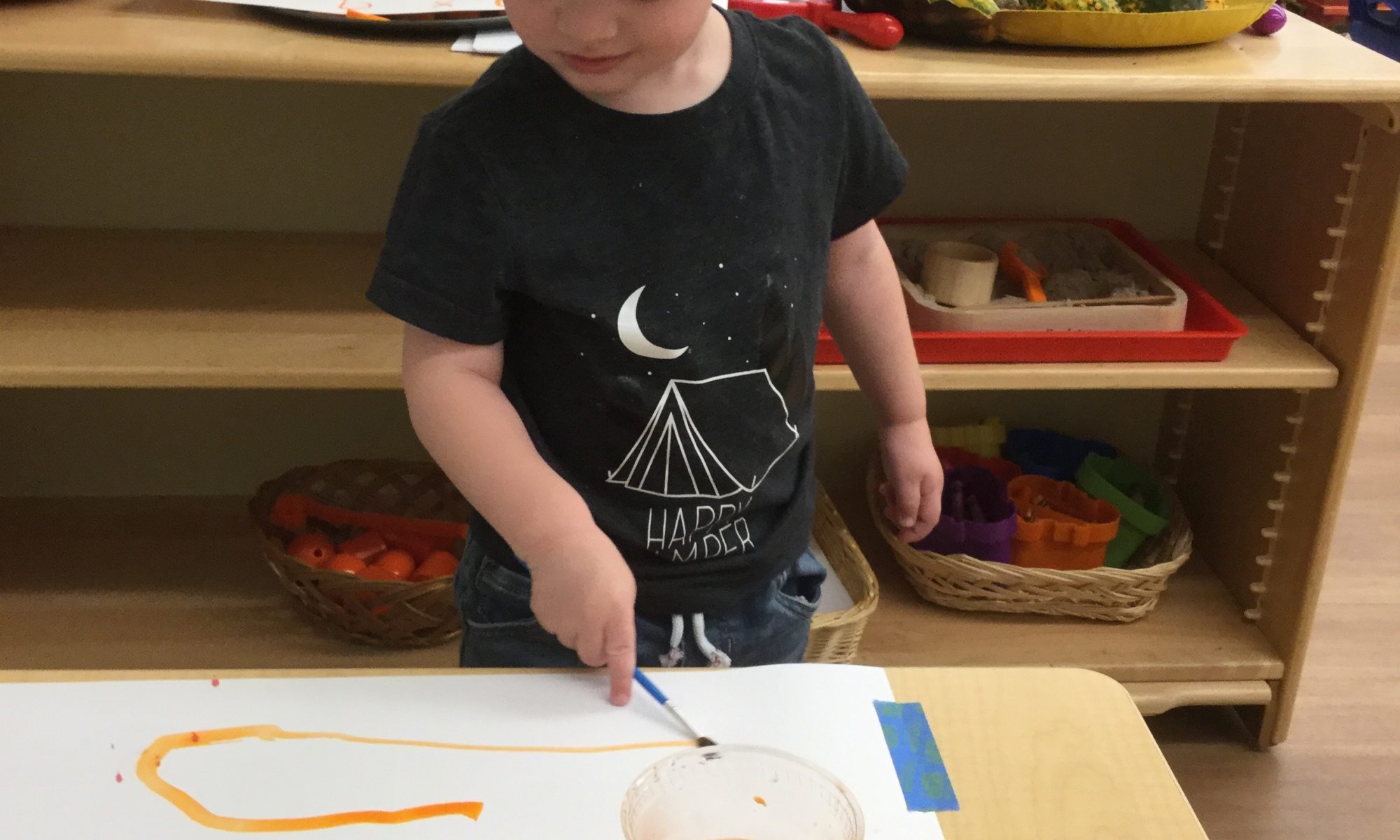
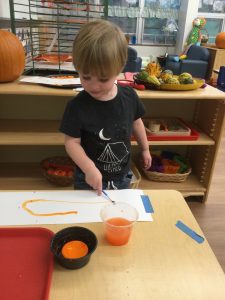
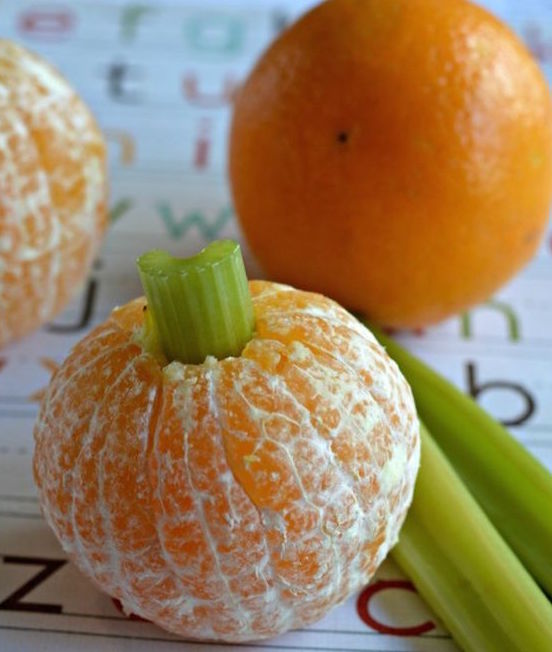
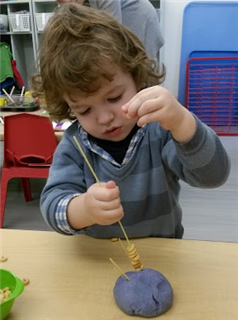

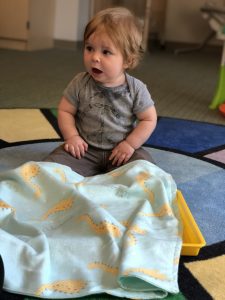
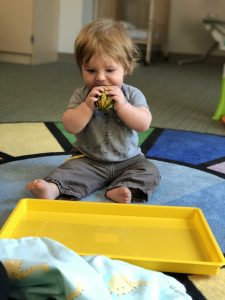 this stage of development learn through exploring the environment that objects still exist even when covered up or hidden. Try it again with another object. It’s a fun game to play again after a few weeks. Playing peek-a-boo is another way to illustrate this concept with younger babies.
this stage of development learn through exploring the environment that objects still exist even when covered up or hidden. Try it again with another object. It’s a fun game to play again after a few weeks. Playing peek-a-boo is another way to illustrate this concept with younger babies.
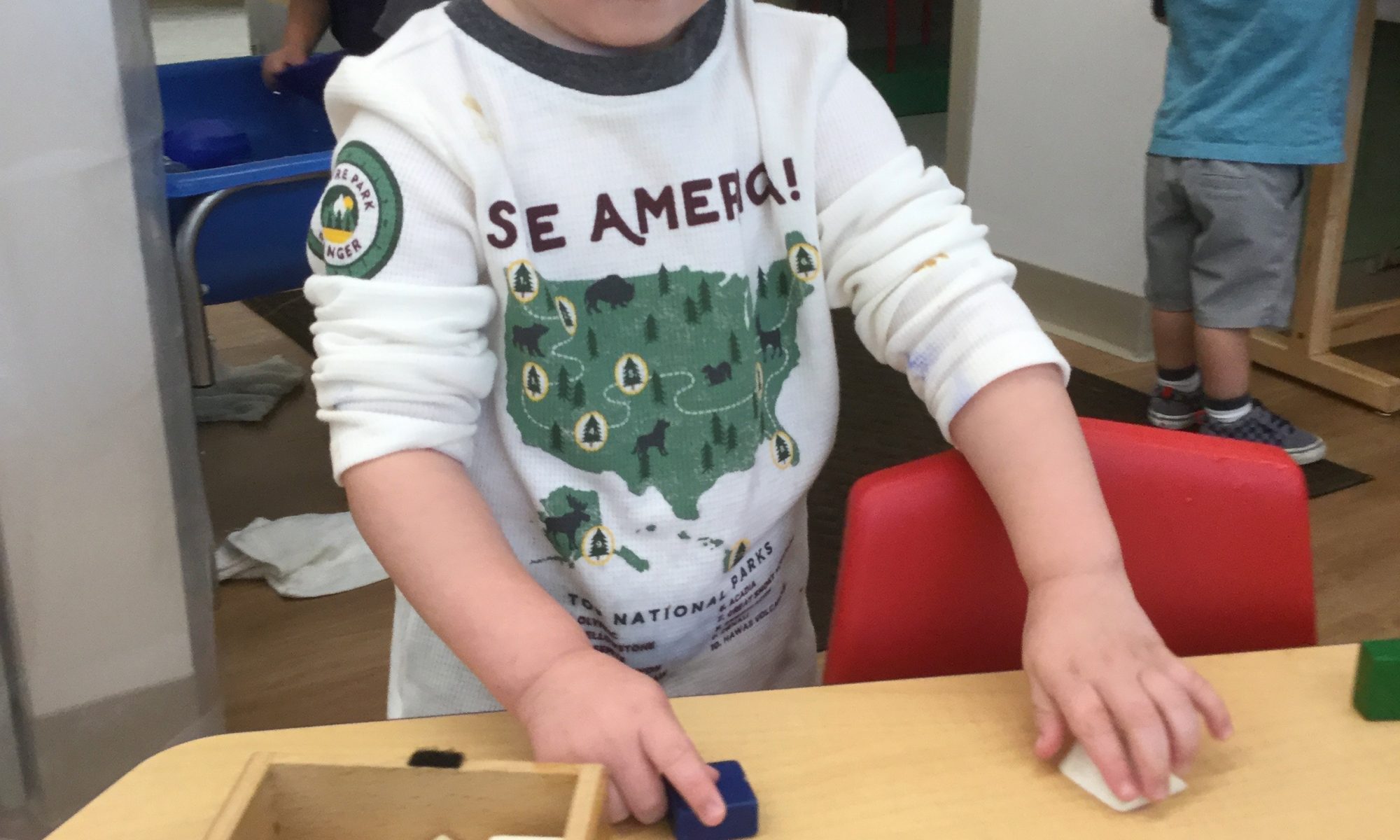
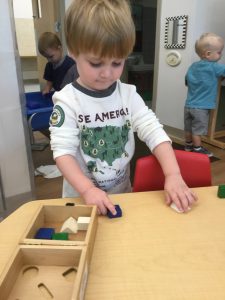 promoting basic math skills, vocabulary, awareness of same/different, and fine motor skills. Set a shape sorter in front of your child with all the shapes beside it. Explain to your preschooler that each shape has its own special “door” into the sorter, and his job is to find the right door for each shape. Pick up a shape and identify it to your child (a circle, triangle, star, – whatever the shape may be.) Give the shape to your child to examine, talking about what makes it different from the others. Then, let your child examine the sorter itself. Typically, there are cutouts for the shapes on all sides of the sorter, so you can examine the sides of the sorter, one at a time, comparing the cutouts to the shape. Let him try the shape in some of the cutouts, gently encouraging him to perhaps turn the shape a little to fit it into the sorter. Congratulate him when he finds the correct “door”. Then choose another shape and proceed in the same manner.
promoting basic math skills, vocabulary, awareness of same/different, and fine motor skills. Set a shape sorter in front of your child with all the shapes beside it. Explain to your preschooler that each shape has its own special “door” into the sorter, and his job is to find the right door for each shape. Pick up a shape and identify it to your child (a circle, triangle, star, – whatever the shape may be.) Give the shape to your child to examine, talking about what makes it different from the others. Then, let your child examine the sorter itself. Typically, there are cutouts for the shapes on all sides of the sorter, so you can examine the sides of the sorter, one at a time, comparing the cutouts to the shape. Let him try the shape in some of the cutouts, gently encouraging him to perhaps turn the shape a little to fit it into the sorter. Congratulate him when he finds the correct “door”. Then choose another shape and proceed in the same manner.